
The CHIPS & Science Act: 2 Years Later
Over two years ago, Congress passed the CHIPS and Science Act, a huge step toward reviving America’s semiconductor industry — and its success is evident. The law, which President Joe Biden signed in August 2022, was designed specifically to guard the country’s national and economic security and return supply chains to the U.S.
It provides for investments in domestic semiconductor production (also called chips), research and development (R&D), tech hubs, and the STEM workforce. The bill also supports the U.S.’s goal of achieving a technological advantage over China. Since its inception, not only has the Biden-Harris Administration given the CHIPS Act funding, but private investors have funneled over $400 billion worth into this endeavor.
The CHIPS and Science Act
To date, the CHIPS Program Office, which sits under the U.S. Department of Commerce (DOC), has announced over $30 billion in proposed private-sector investments, including 23 projects across 15 states. For example, 16 brand-new semiconductor manufacturing facilities are expected to generate over 115,000 jobs in both manufacturing and construction.
This CHIPS funding includes $1.5 billion for GlobalFoundries, $162 million for Microchip Technology Inc., $35 million for BAE Systems Electronic Systems, and $8.5 billion for Intel, among others. The goal is to allocate the remaining funds to CHIPS grantees by the end of 2024.
The CHIPS & Science Act: Year One
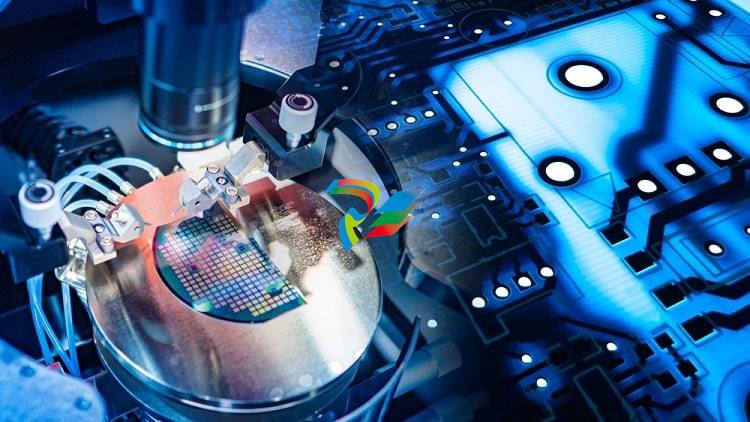
Image credit: Shutterstock/FOTOGRIN
This legislation allocated nearly $53 billion to bring semiconductor manufacturing back to the U.S., create quality jobs, boost local economies, and safeguard national security. The impact of this investment could already be seen after the very first year, showing promise that the U.S. will once again become a global leader in semiconductor manufacturing.
Notable projects include the expansion of semiconductor facilities by companies such as Intel and GlobalFoundries. For instance, Intel’s announcement of a new $20 billion manufacturing plant in Ohio and GlobalFoundries’ expansion in New York show some of the real progress made.
According to Don Graves, the U.S. Deputy Secretary of Commerce, in its first year, the Act generated more than 460 statements of interest from semiconductor companies seeking to produce semiconductors in the U.S.
The CHIPS & Science Act: Year Two
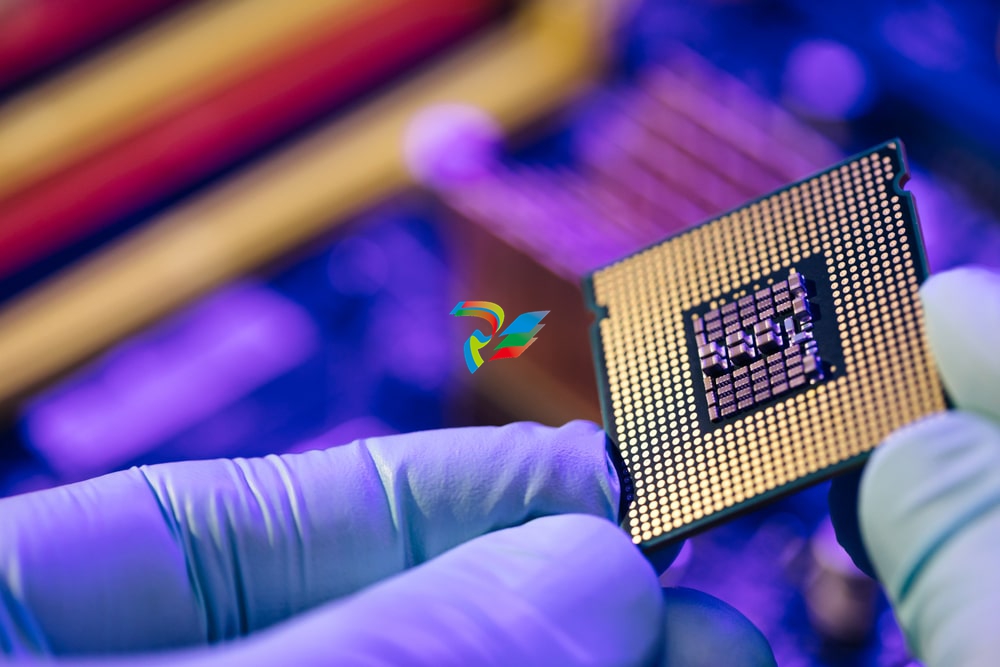
Image credit: Shutterstock/mpohodzhay
In February 2024, DOC’s Secretary, Gina Raimondo, revealed that private companies had announced nearly $200 billion in semiconductor production investments since the Act’s signing. Over 50 community colleges have introduced or expanded programs to support the semiconductor industry.
Interest in CHIPS funding has surged, with over 600 proposals submitted. This far exceeds the $28 billion allocated for creating helpful incentives in manufacturing out of the program’s $39 billion budget. However, the demand for funds, totaling over $70 billion, means only a small percentage of proposals will get any of this support.
In addition, the first R&D facilities under the CHIPS for America program were announced, bringing the U.S. one step closer to domestic semiconductor manufacturing success.
The CHIPS & Science Act: Year Three
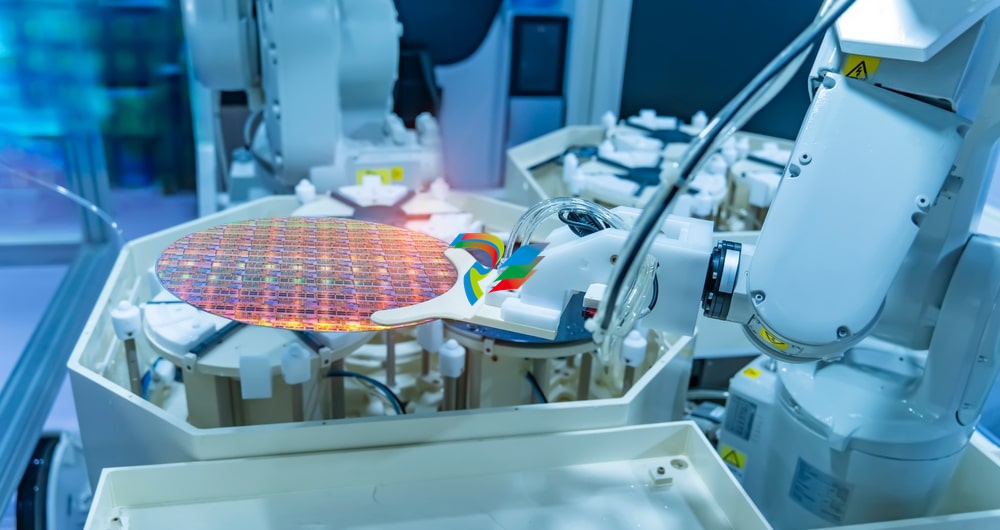
Image credit: Shutterstock/asharkyu
Now, into the third year since President Biden signed the CHIPS Act into law, the federal government has continued supporting workforce development and semiconductor supply chains through funding and encouragement for the private sector to invest, too. The Department of Defense is a more recent example of a body that pumped more money into semiconductor manufacturing in November, providing $160 million, specifically for microelectronics.
Earlier in October, Biden also officialized a new law that loosened the environmental restrictions on semiconductor manufacturers. It’s another bipartisan law that would allow specific groups of semiconductor companies and manufacturers to avoid environmental reviews, leading to the quicker construction of new manufacturing facilities and a faster route to production. However, some day it’s risky and that hazardous chemicals and unsustainable business practices are much more likely to go unchecked.
There were advancements on tax exemptions, too. Companies have to spend hefty amounts for the right equipment, facilities, and folks for manufacturing jobs. Rather than further investments (which are already occurring) to help unburden manufacturers, several subsidies and exemptions were improved or introduced. One of those was a new rule for the 48D credit, which meant chip manufacturers would be included in the sectors that could get 25% back.
Election Impact on the Chips and Science Act
With the election happening in 2024, CHIPS funding has been a hot topic as well through this lens. Although it was bipartisan, CHIPS has received criticism from president-elect Donald Trump. There were questions about if he would continue the CHIPS Act and if he would reverse what has happened once he entered office in early 2025.

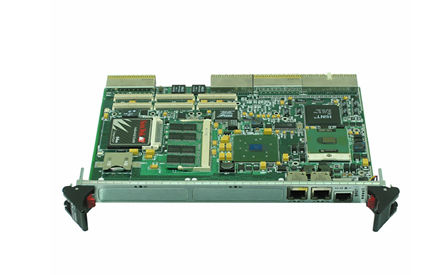
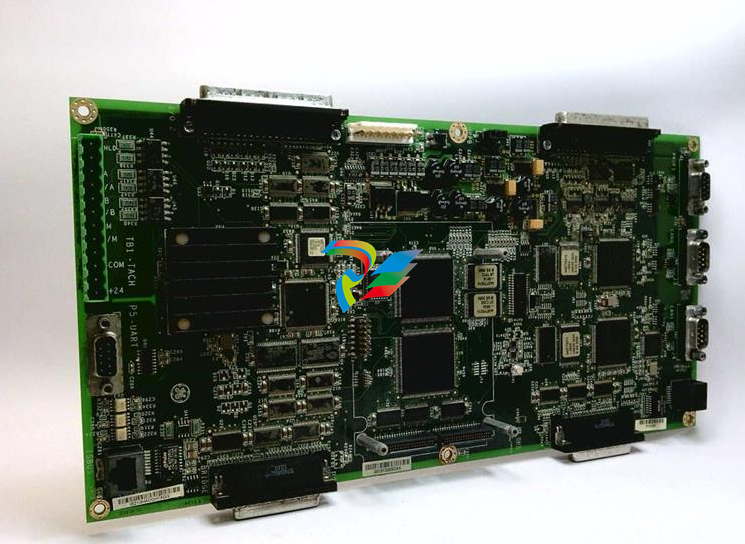


.jpg)
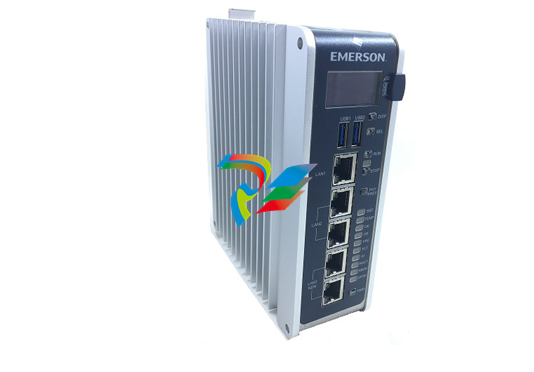
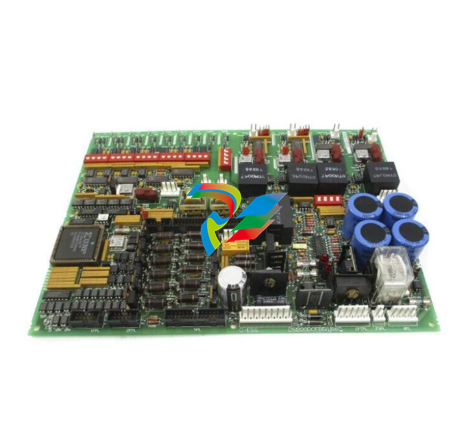
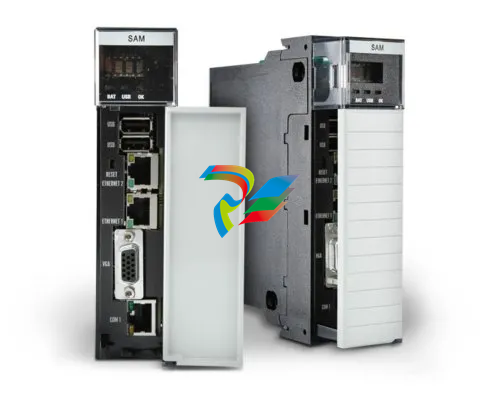
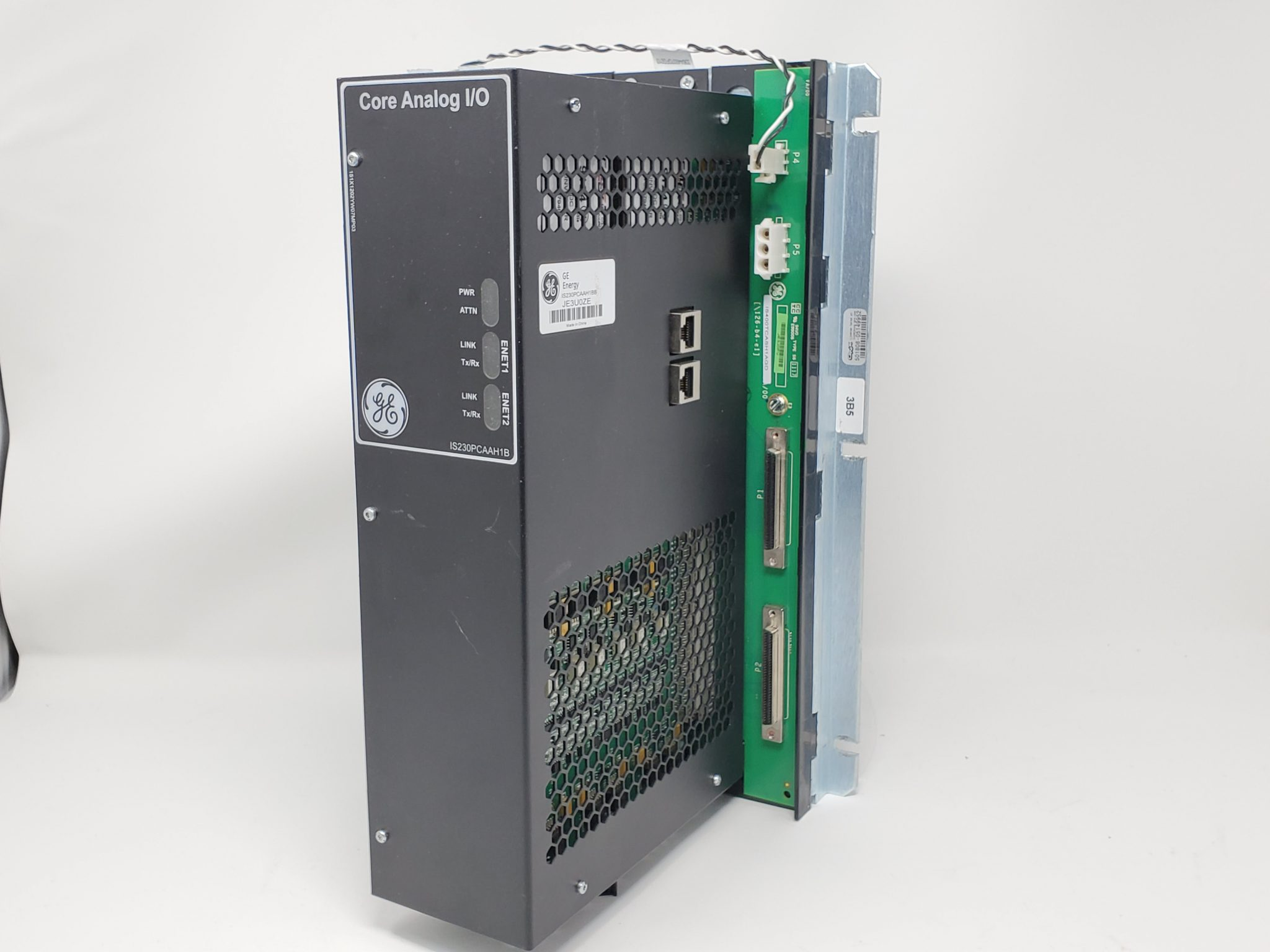

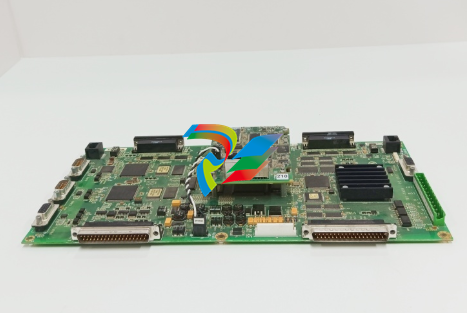
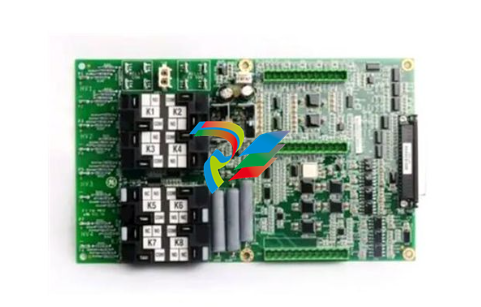
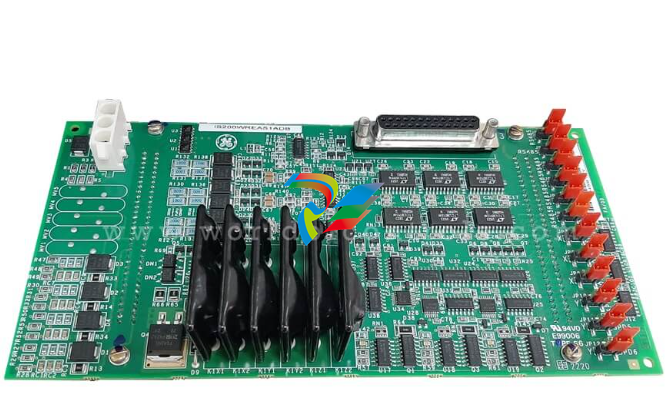
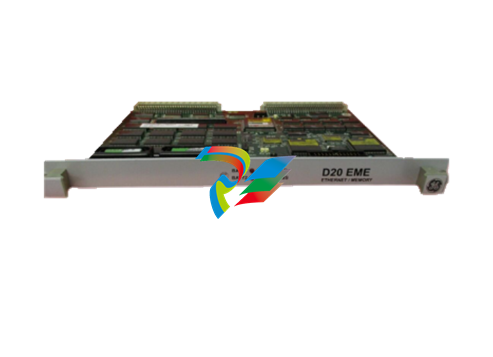
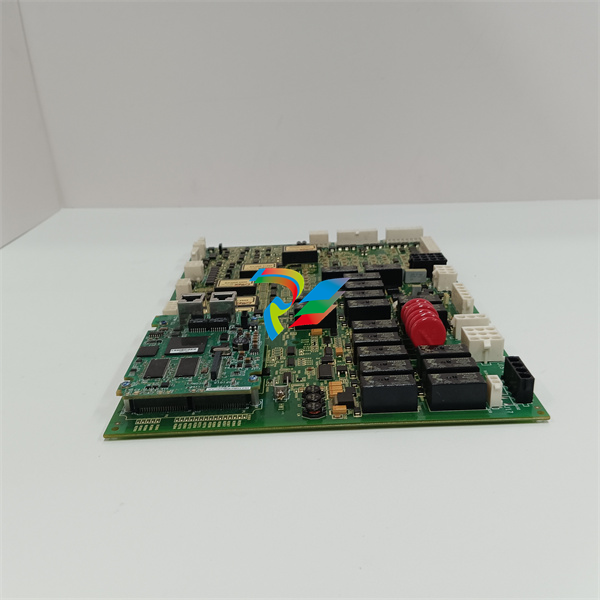
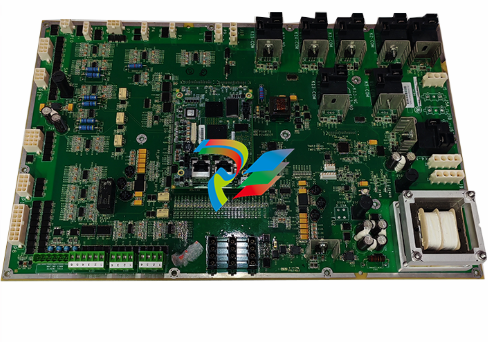
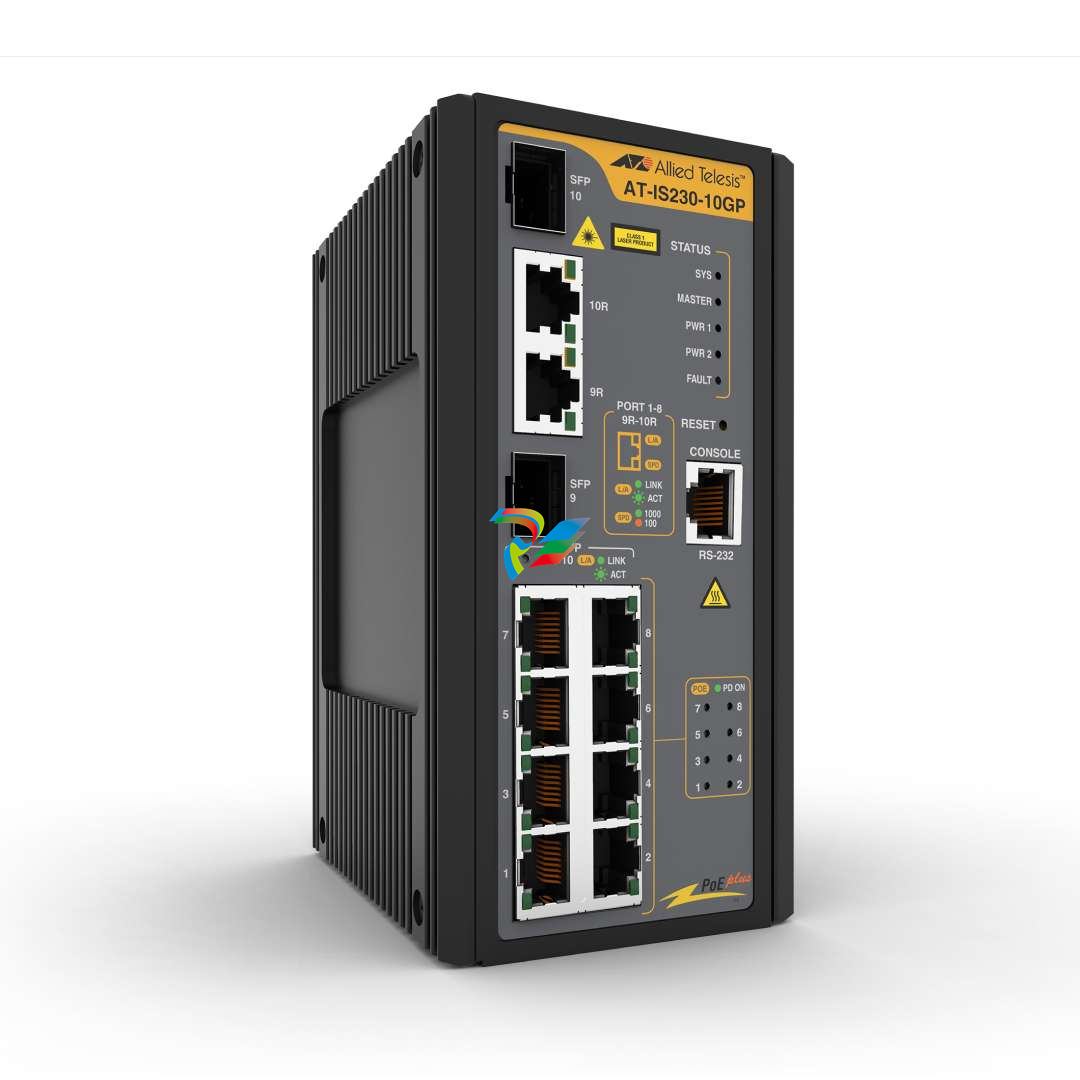
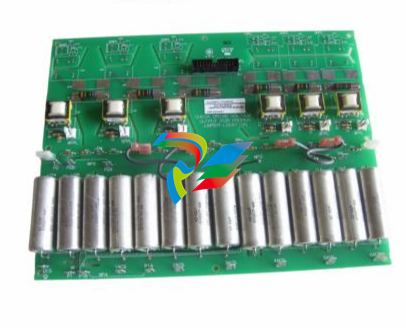

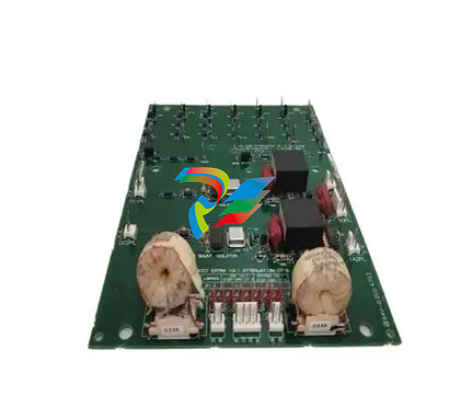

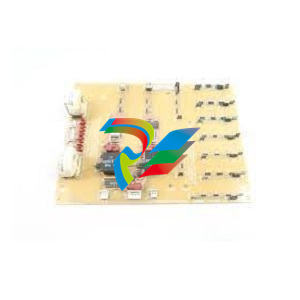
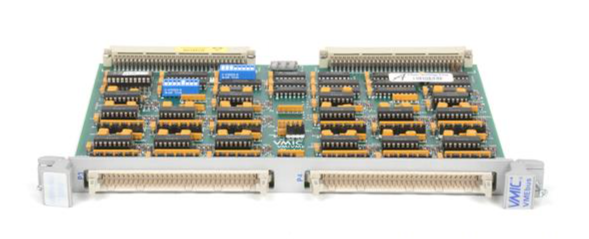
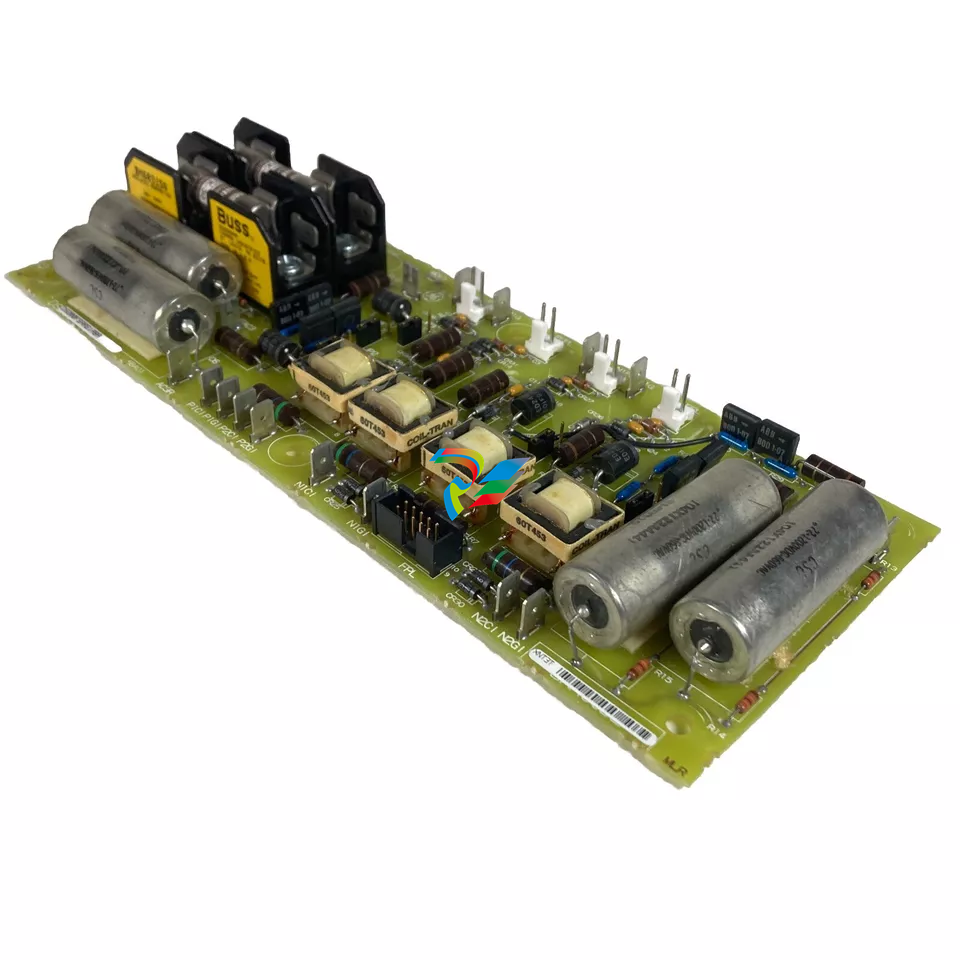
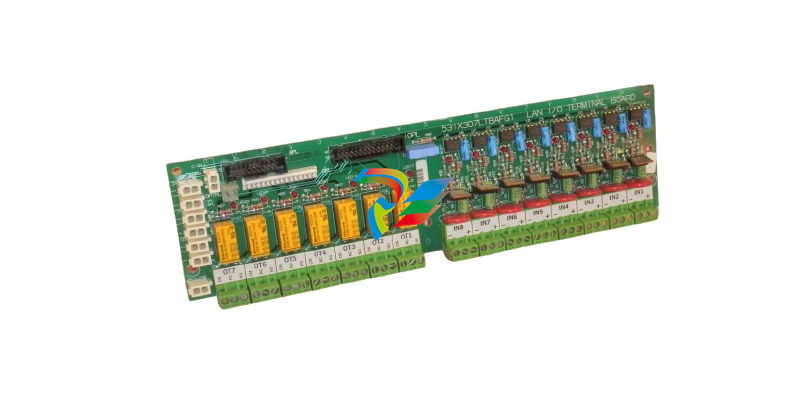



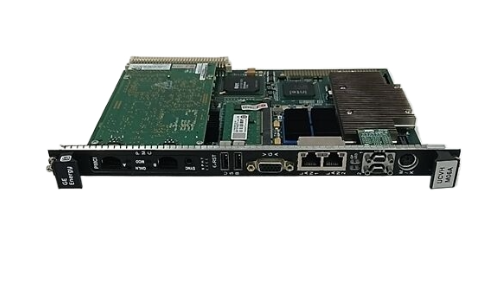
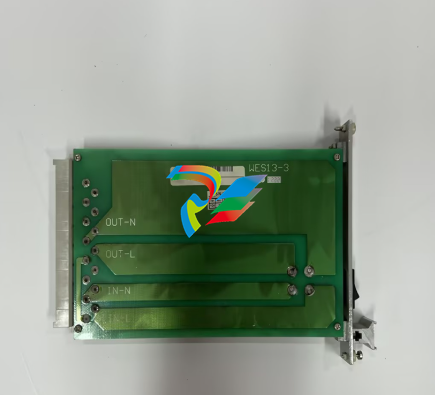


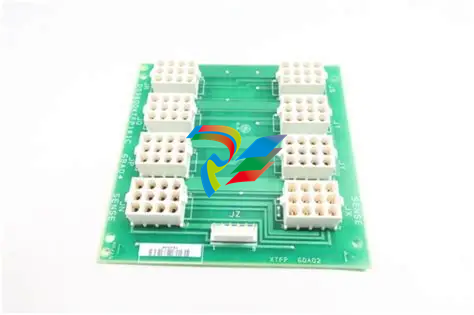






































.jpg)
.jpg)





.jpg)



.png)
.jpg)

.jpg)
_lVjBYb.jpg)

.jpg)
.jpg)



.jpg)
.jpg)







.jpg)

.jpg)
.jpg)






